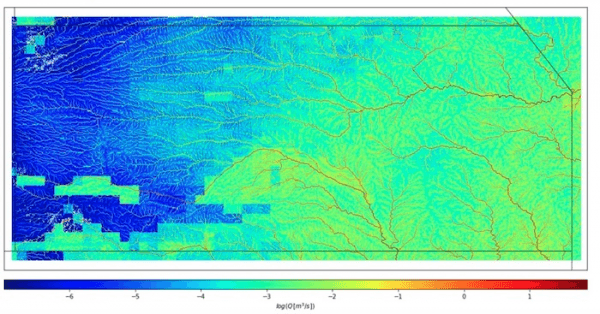Climate change, driven by human activity, will alter temperatures and rainfall in Kansas in the coming decades. But predictions about the timing and severity of the shift remain inexact.
Climate change, driven by human activity, will alter temperatures and rainfall in Kansas in the coming decades. But predictions about the timing and severity of the shift remain inexact.
Now, researchers at the University of Kansas School of Engineering are teaming up with the Kansas Water Office to create models accounting for uncertainty about the state’s future climate so officials who allocate water can better forecast supply and demand of the vital resource.
Their work will expand models used by KWO that depend on data from 1950s drought years in Kansas as a worst-case scenario for water scarcity. The project is supported by a $98,000 WaterSmart Grant from the Department of the Interior’s Bureau of Reclamation and additional funds from the Kansas Water Office and KU.
“This project is a collaboration with the Kansas Water Office to advance hydrological modeling and climate forecasting for the state,” said Joshua Roundy, associate professor of civil, environmental & architectural engineering at KU, who is leading the effort. “Now, they take the 1950s drought period and run it through their model, and then use that as a basis to say, ‘We can allow cities to take this much water.’ But with the uncertainties involved in that, wouldn’t it be helpful to consider different scenarios and look forward to the future climate and how that’s going to impact evaporation and streamflow throughout the state? So, we worked together on this proposal to improve uncertainty estimates within water forecasting using climate models to create new scenarios for their water allocations.”
Read more at: University of Kansas
Modeled streamflow over Kansas and water in Clinton Reservoir. This research will improve water forecast models used for water availability and allocation in Kansas. (Photo Credit: Joshua Roundy)




